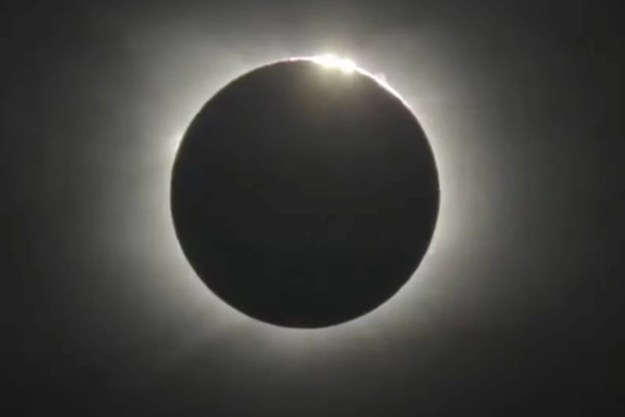Despite what some people say, when it comes to photography, size matters. That’s especially true if you’re NASA. If you need proof, look no further than this monstrous Birns and Sawyer 1,000mm f/4.5 lens that will go up for auction later this year.
Created by Astra in Germany back in 1964, this incredibly rare lens was designed to capture the launch of rockets and other space-bound machinery without the need to be right underneath the fiery rockets.
It measures in at roughly 10 inches in diameter, is 4.5 feet long, and weighs around 72 pounds. The lens hood alone is the size of a small garbage can.
The person selling the lens is known camera collector Jim Headley of Hastings, Nebraska. For the past 34 years, he’s collected over 1,000 cameras and photography equipment at his Old School Art and Camera shop.
As for how he ended up with this massive lens, Headley told DigitalRev the following:
The lens was sold in a U.S. Government surplus auction on June 6, 1986, and was purchased by a professional government auction buyer from Laramie, Wyoming, USA. He sold it to a close friend of mine, the late Mike Stoesz, who owned Rainbow Photo in Laramie. [When Stoesz closed his camera shop], I traded him several cameras for the lens, including two 6 x 9 view cameras which I had built from scratch.”
Once the lens was in his possession, Headley took to customizing the lens by adding a DIY Canon EF mount to attach his digital cameras to.

As for the image quality, it’s nowhere near what current-era telephoto lenses are capable of, but when it comes to distance, it’s hard to beat. Headley claims the sweet spot is around the 7-mile mark, but is more than capable of capturing landmarks more than 20 miles away. The only problem is that atmospheric haze and other distortion becomes an issue at that distance, as seen in the above image.
It shouldn’t come as a surprise either that this lens is far from portable. According to Headley, “it takes two to three people to use in the field.”
The auction will take place later this year through RR Auctions. We’ll be sure to update you when it goes live. In the meantime, you better start saving.



